What is Animal Bowen Therapy?
Bowen therapy is a non-invasive manual therapy founded by the late Tom Bowen. Tom drew his inspiration from various modalities to form his unique and effective hands-on technique. Using his gentle method, Tom helped many human patients release tension, restore optimum balance and improve joint range of motion. Later he passed on his methods to a select few; who have continued his legacy and made Bowen therapy a globally recognised treatment.
Animal Bowen Therapy, including the Canine Bowen technique, has been adapted from Tom Bowen's work on humans and applied to dogs, horses and other large and small animals. Due to the method being very gentle, with no hard or prolonged pressure, Animal Bowen Therapy is generally well tolerated by both dogs and horses.
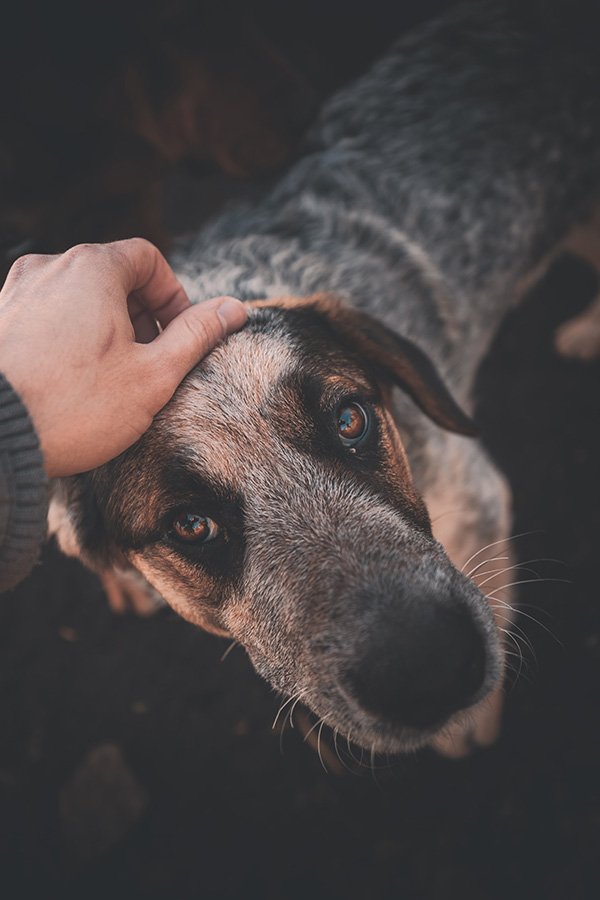
The Bowen move, which forms the basis of this therapy, consists of cross-fibre rolling movements that are applied to specific locations - similar to the area of meridian points in acupuncture. The Bowen technique is a very gentle, non-invasive therapy; it includes periods of rest between moves where the therapist is not performing any active manipulation but rather allowing the body time to process the preceding Bowen move.
Although the treatment may seem subtle, especially for patients who are used to a more intensive massage, Bowen therapy engages the body's ability to restore balance. The body responds to the therapeutic Bowen treatment by releasing tension in soft tissue. One of the more profound effects of Bowen therapy is its ability to release fascial adhesions, which often form during injuries or inefficient biomechanics.
Performing the Bowen Technique takes skill, as therapists must understand anatomy, allowing them to find the correct locations and release muscles systematically. Canine Bowen Therapy has been specifically designed for dogs; it can be used on other animals with similar anatomies - such as cats.
Although Canine Bowen Therapists do not diagnose conditions, they can refer you to a vet where needed; they can also work with your veterinarian and primary canine health care team to improve your dog's quality of life.
Contact us Today about Bowan Therapy
.
What conditions can Bowen Therapy help with?
Pain relief
Due to the nature of the gentle moves, the Canine Bowen technique is a suitable pain relief method for many conditions. It can help to relieve symptoms associated with diseases and dysfunctions such as:
- chronic pain
- degenerative disease
- acute injury
- muscular sprains
- soft tissue pain
- hip dysplasia
- arthritis
Canine Behavioural problems
Where behaviour issues stem from pain, nerve, soft tissue, or structural problems, the canine Bowen technique can often be more beneficial than behavioural modification methods since the therapy addresses the underlying causes. A multimodal approach may be necessary for some dogs, and the beauty of the Canine Bowen technique moves is that they can be used with medication and kind behaviour modification techniques that respect the dog's nervous system.
Balance the nervous system
The Canine Bowen technique also works on calming the nervous system, which means it is also helpful for emotional and neurological dysfunctions such as:
- nervous dogs
- anxiety
Biomechanics
This therapy works on releasing fascial adhesions so you may obtain a noticeable change to your dog's gait after treatment. An increase in joint range of motion is often reported and posture may be improved.
Bowen therapy does not replace veterinary care; only your veterinarian can diagnoses diseases; a diagnosis may lead to better health care and treatment plan for your dog.
What to expect from a Canine Bowen Therapy Session
A typical consultation will last anywhere from 15min to 1 hour, depending on the patient's needs. Initial consults are always longer than a follow-up session, as we take a detailed history of your pet before beginning the treatment. A patient history helps us to understand more about your pet's health and aids the therapist in selecting an appropriate treatment plan.
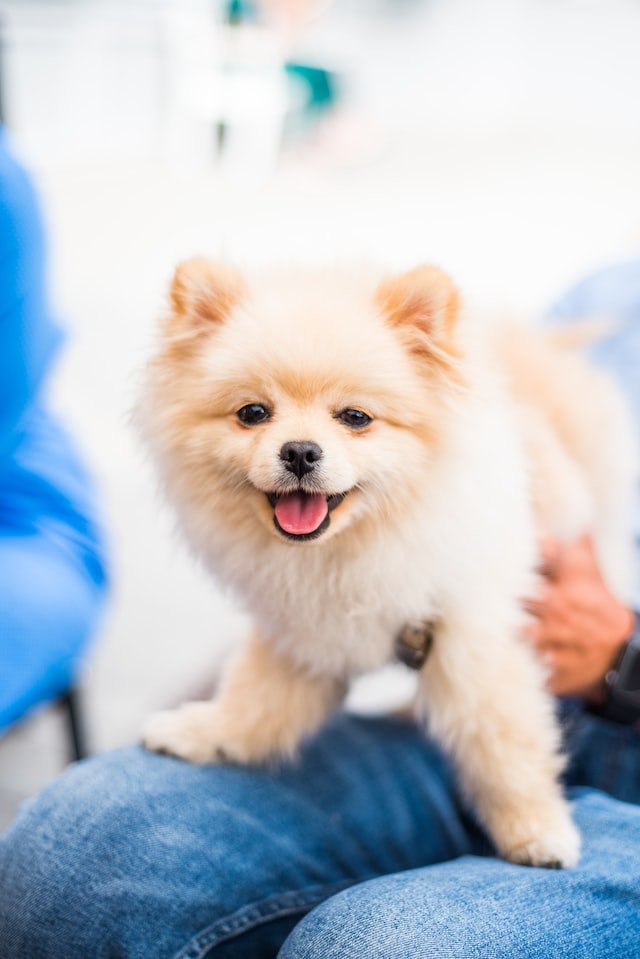
Allow about an hour for each treatment to ensure you, your pet and your therapist do not feel rushed during the treatment. Although some dogs, especially follow-up treatments, may seem like just a few moves, you can be sure that your canine Bowen therapist is always focused on your dog's welfare.
After a patient history has been taken, your dog will be asked to walk or trot so the therapist can see them moving; your dog is assessed for lameness and natural joint range of motion. Next is the actual hands-on part; your therapist will apply gentle pressure to the dog's body, palpating their musculoskeletal system; feeling for areas of tension, imbalance, asymmetry and pain.
With a good understanding of your dog's physiology, your therapist will apply the Bowen technique, selecting appropriate sequences to effect change in the dog's body. The Canine Bowen technique sessions are conducted with very gentle pressure, which is well tolerated by most dogs. The gentle rolling movements are applied to specific points on your dog's body - similar to acupuncture points.
The session will also include strategic wait periods, the duration of which is in part guided by the dog; during the wait periods, we encourage owners to engage in deep calm breathing - this further helps to calm and regulate the nervous system and promote self-healing. Since the Canine Bowen technique is quite different from canine massage and myofunctional techniques, owners must understand the importance of these wait periods during the treatment.
Where applicable, your canine therapist may stretch your dog to help release tension and improve the operating range of joints.
After the treatment session, you will be provided with aftercare advice relevant to your dog (general aftercare advice can be found here). If your therapist thinks it necessary, they may provide you with a referral for investigation or diagnosis. Dogs needing immediate veterinary care will be asked to consult their vet before treatment.
After your dog receives Bowen therapy, it may need to drink water, relieve itself, and rest. The treatment relaxes the body and releases tension; they need time to adjust to their increased level of mobility and range of motion. Allow 24-48hours for their bodies to adjust before engaging in high arousal, high impact, or high acceleration activities.
Send us a Session Enquiry today to get started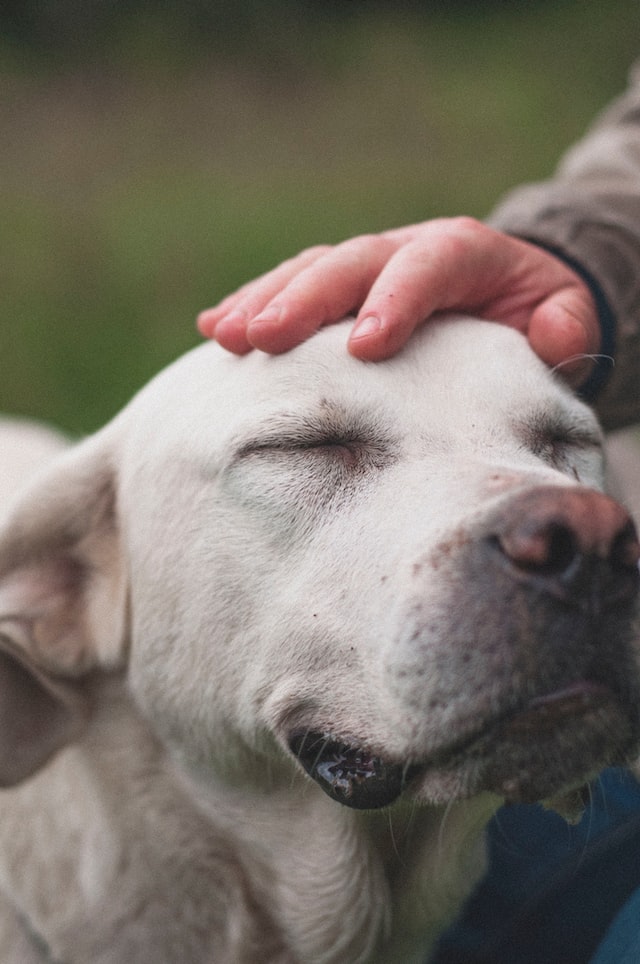
Pet dogs
Maintaining the general wellbeing of pet dogs is great for their physical and emotional health, treatments can be at regular intervals or as needed. Your pet dog's health matters; acute or chronic pain, dysfunction, or stress are some of the reasons to schedule a therapy session.
Sport dogs or Working dogs
Keeping your sporting dog's body in top shape is a priority. Bowen therapy can be used in the lead up days prior to an event, post-event, and throughout the sporting season. Proactive treatments coupled with thermal imaging assists helps to keep your dog in top form.
Senior dogs
Senior dogs generally respond well and enjoy this therapy, as their body ages and they become less mobile, their interconnectivle tissue can become dehydrated and sticky causing pain and limiting their range of motion.
Pet dogs
Bowen treatments are often used post operatively or during rehabilitation, assisting recovery times by relaxing the nervous system, improving circulation, and aiding bodies natural abilities to heal.
What our Customers say about our Bowen Therapy service…
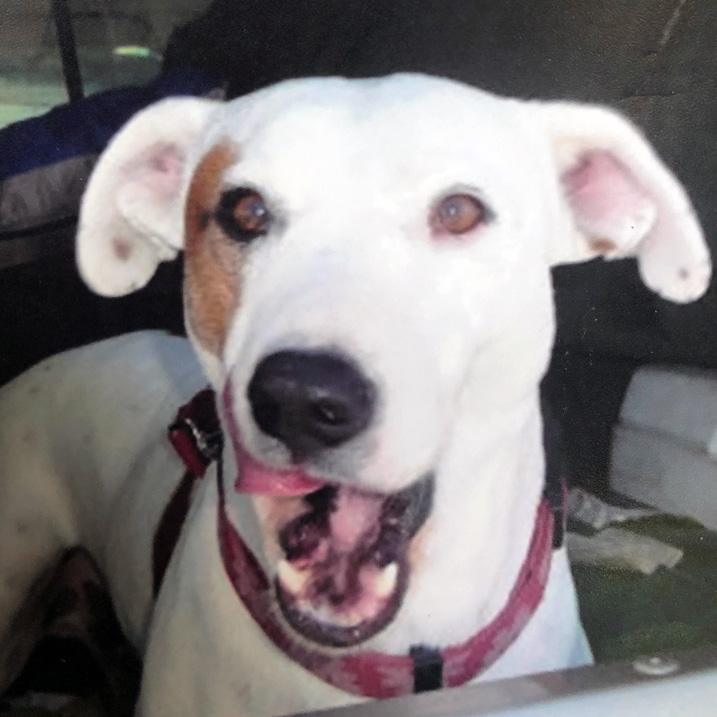
"After just one treatment we saw the difference this made not only to his agility but also his cognitive ability and general well-being"
Sarah and Jiga
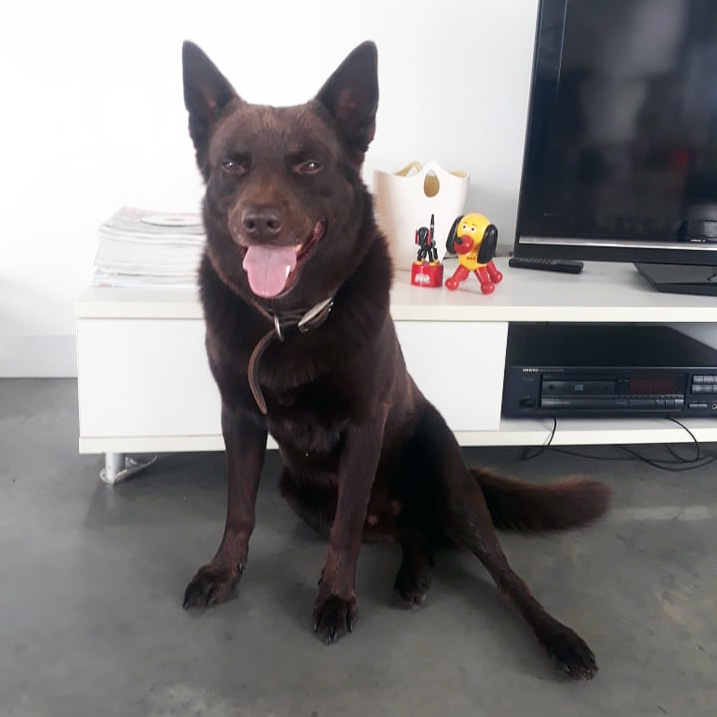
"Teddy was significantly calmer after his session, we have noticed a positive change in his general behaviour"
Sabrina and Teddy

"The results on Walnut have been surprising with how much of an effect it has had on his daily life and how soon after the session"
Frank and Walnut
How often should my dog have Bowen Therapy treatments?
Your dog's Bowen treatment plan will depend on several factors, including; your goals and the health of your dog's body. Typically an initial plan will consist of two treatments 7-10 days apart.
Chronic conditions may need weekly treatments until the infection resolves, which could be up to 6 - 8 treatments. Dogs recovering from chronic pain or conditions may need top-up or maintenance treatments as preventative measures.
Acute injuries are treated differently; your canine therapist will advise you of a suitable treatment plan after the second session.
Many clients use Canine Bowen therapy to; maintain their dogs' general wellness, improve their quality of life, or keep their bodies in optimum balance. Maintenance treatments are generally conducted every 6 to 8 weeks after the initial two consults.

